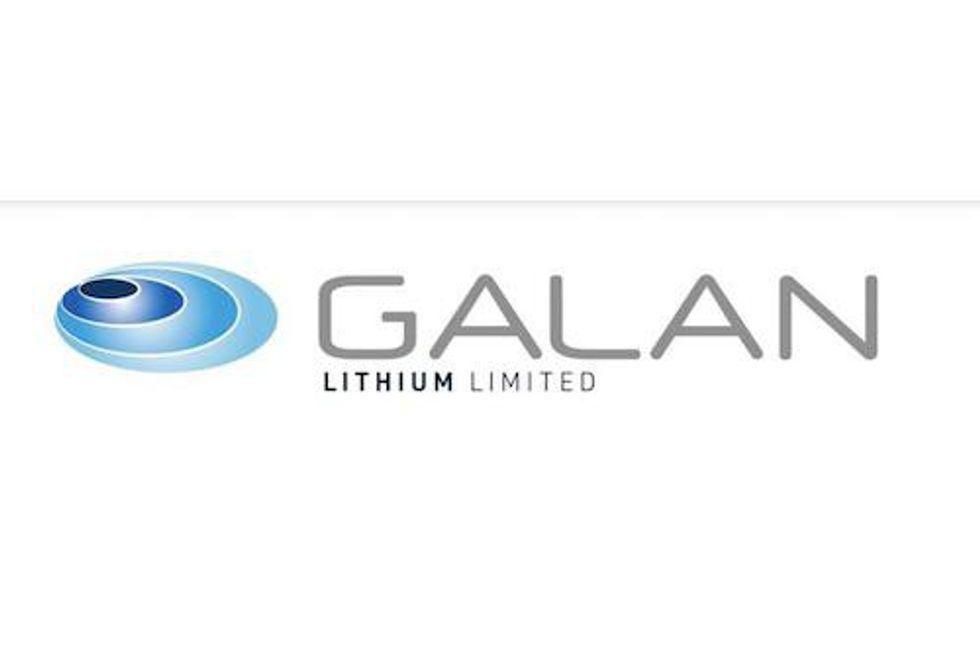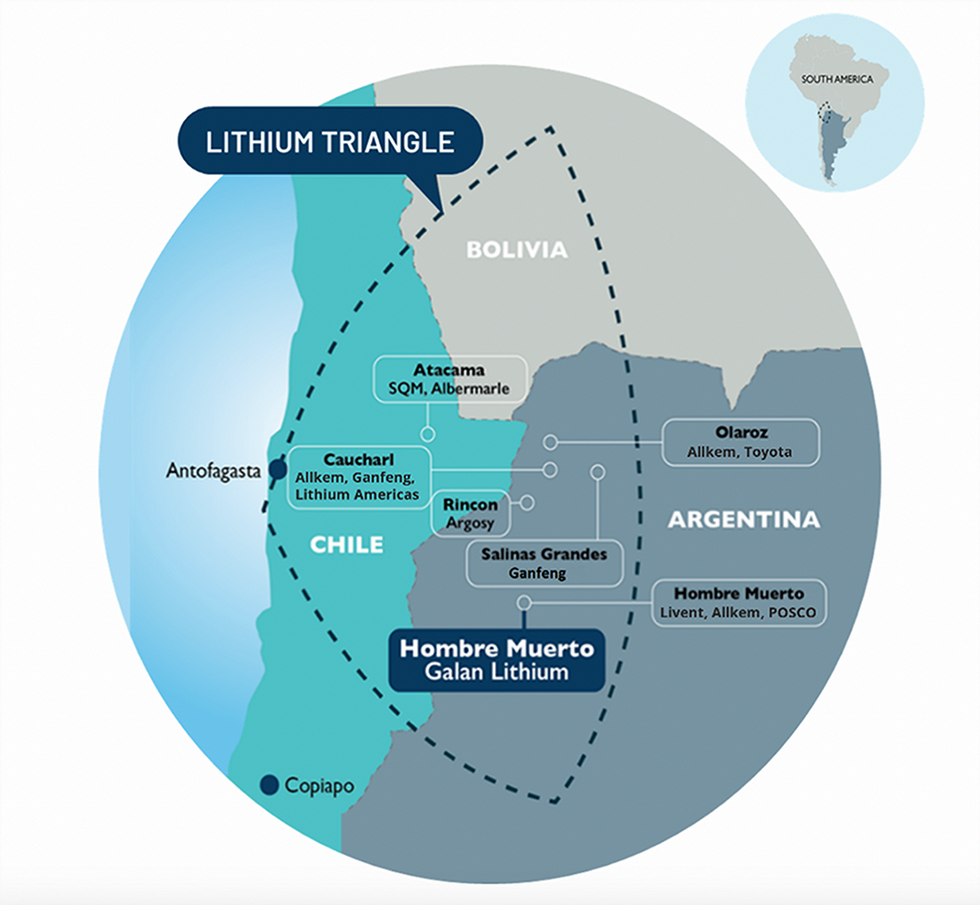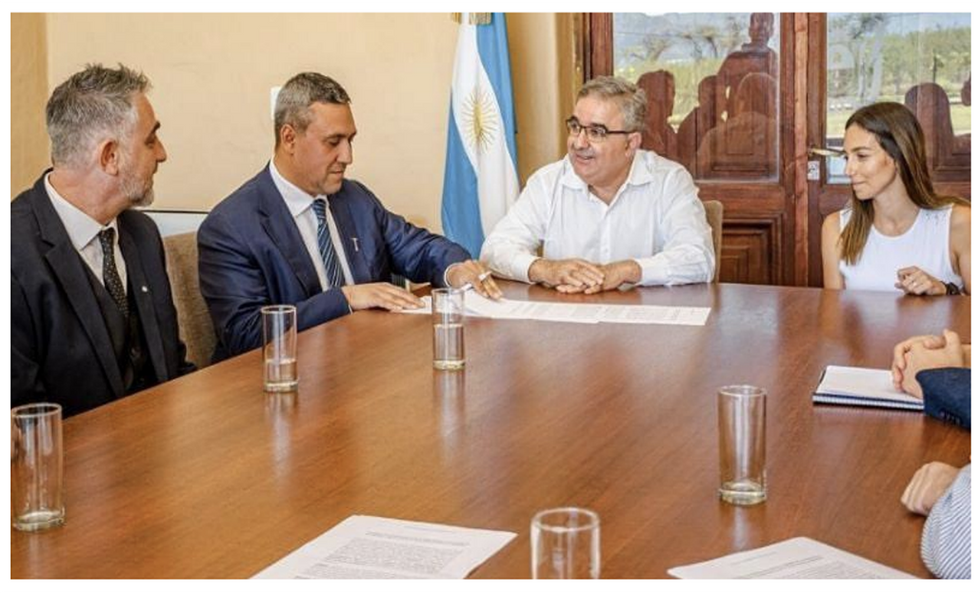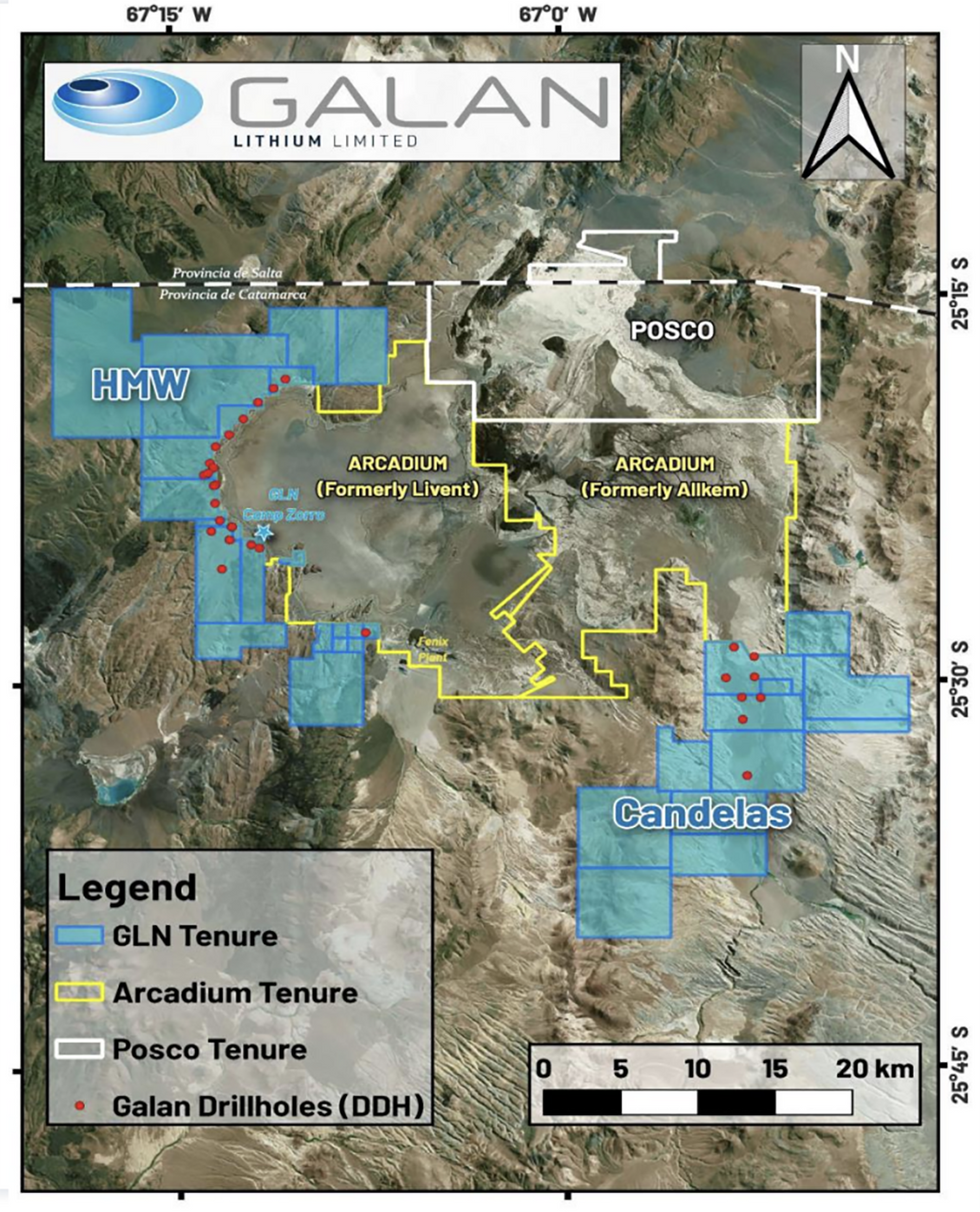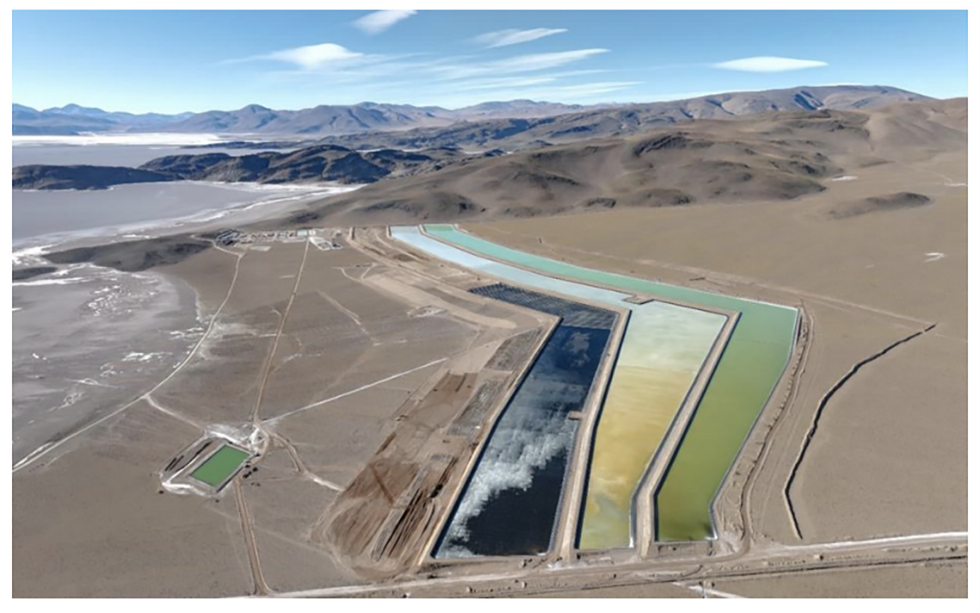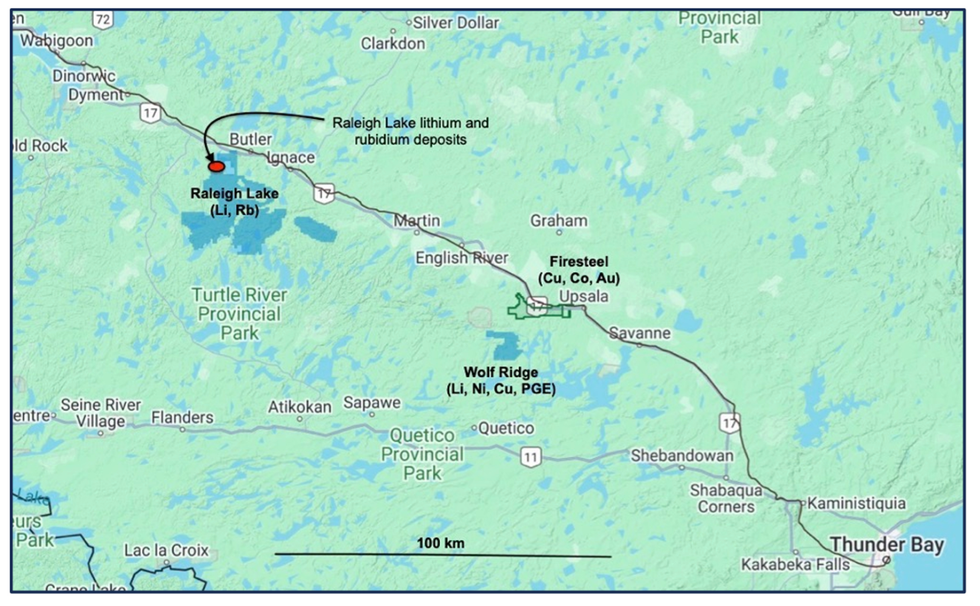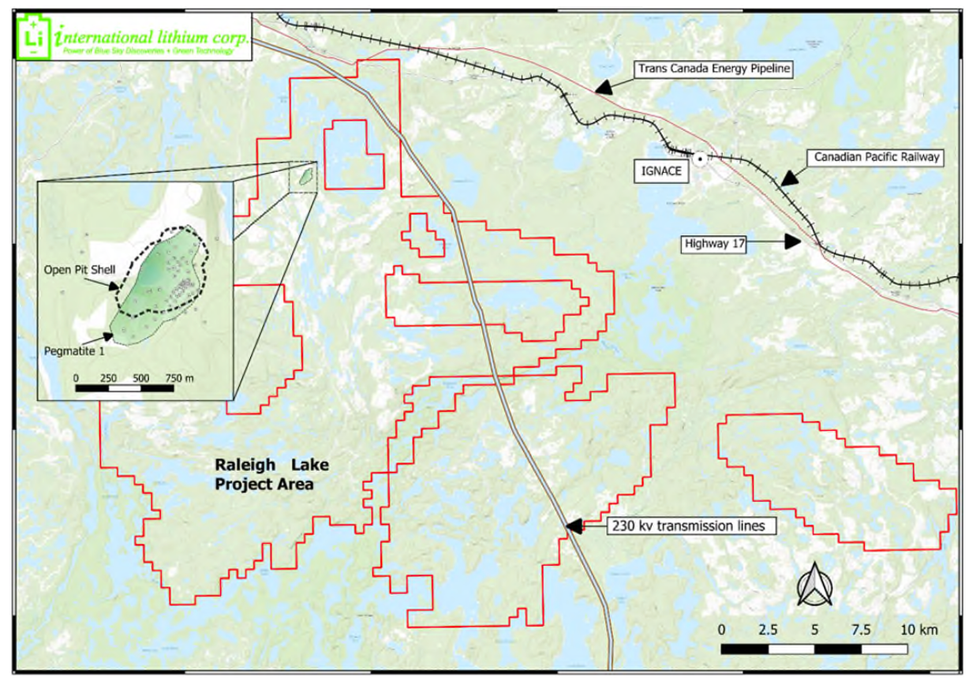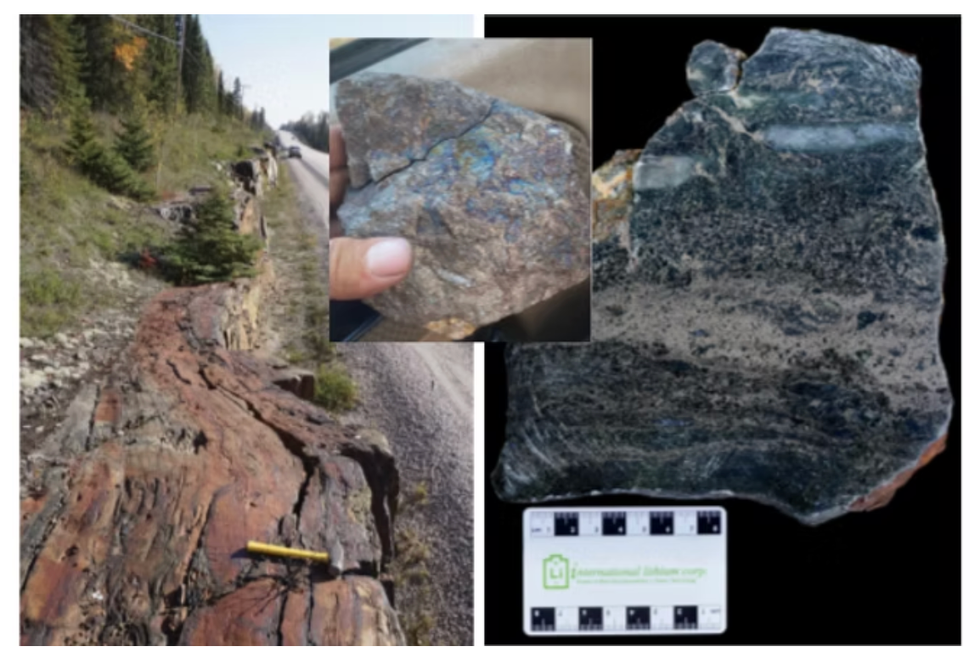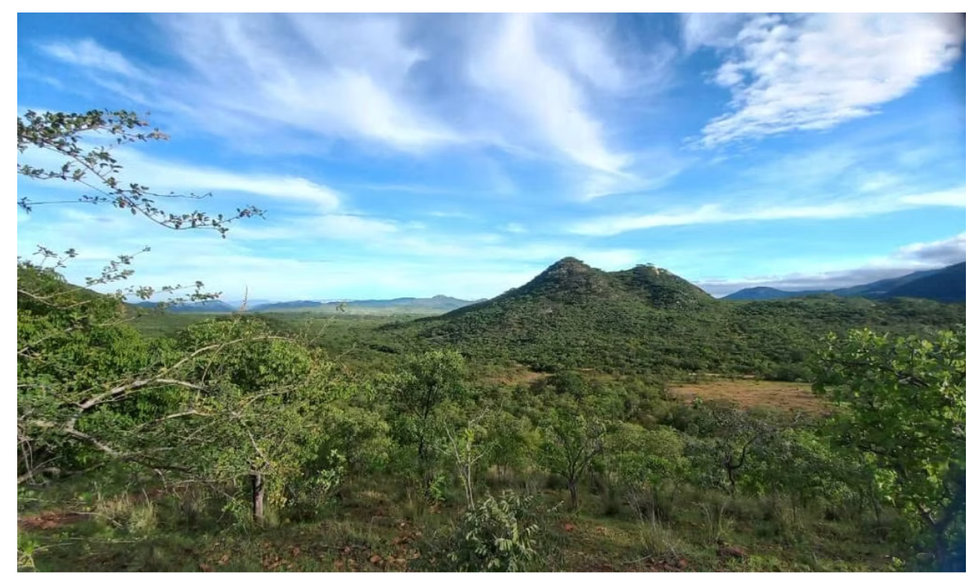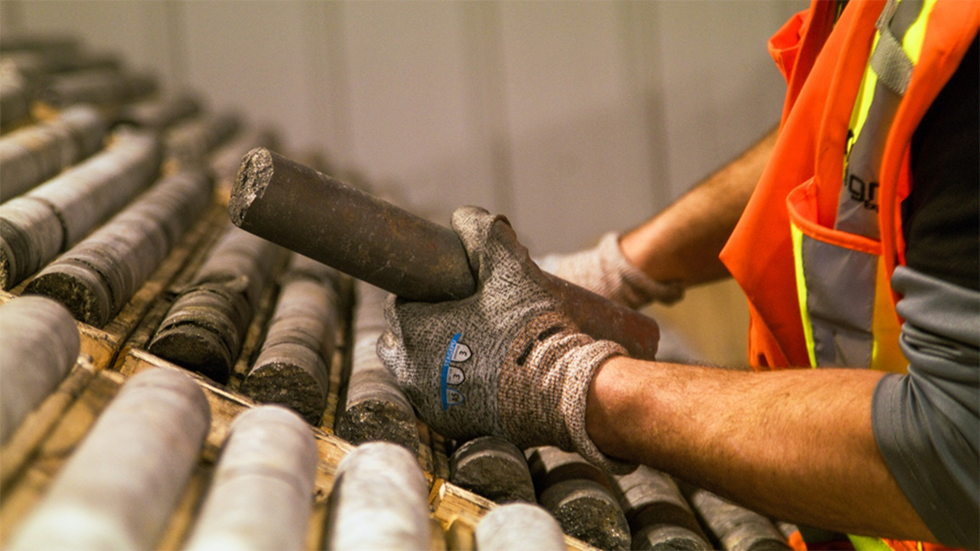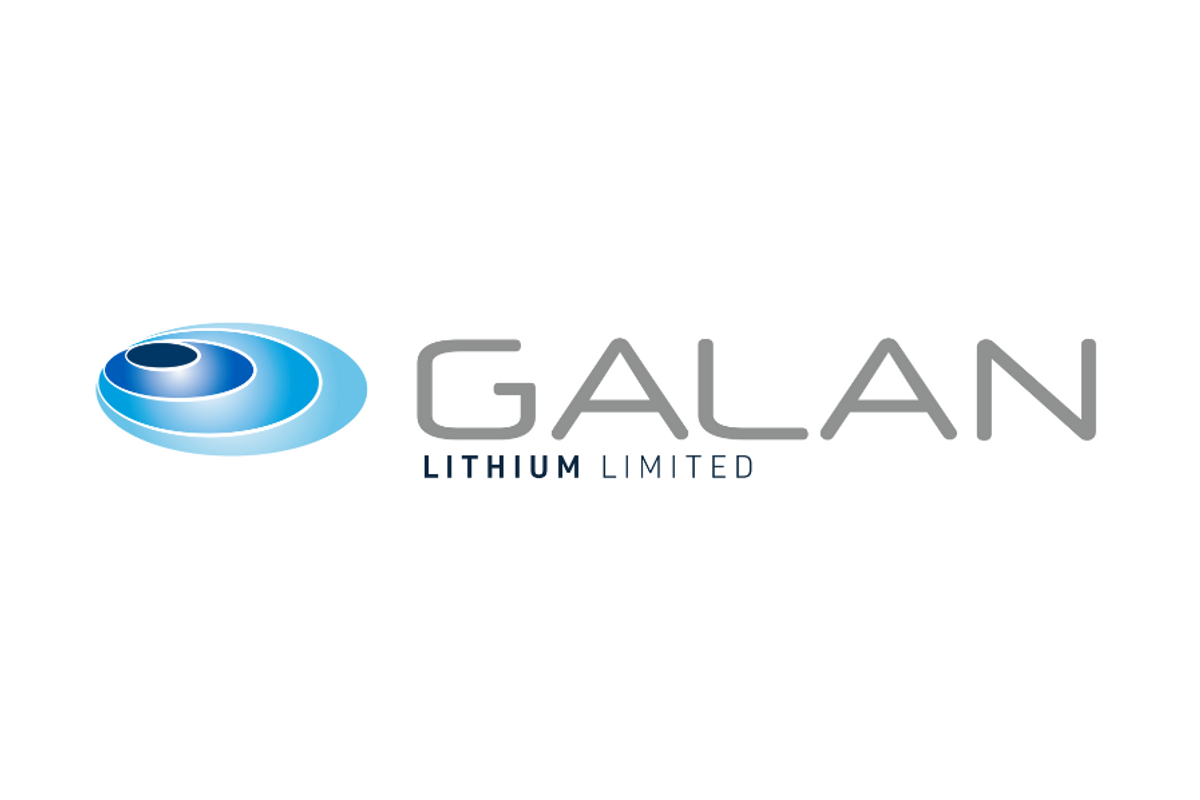
Galan Lithium Limited (ASX:GLN) ( Galan or the Company ) is pleased to announce it has secured a binding commitment for a A$20 million placement ( Placement ) at A$0.11 per share, a 21% premium to the last closing price of A$0.091 as at 19 June 2025 from an existing shareholder, The Clean Elements Fund ( Clean Elements ). Additionally, Clean Elements will receive one unlisted option for every two shares issued under the Placement, with an exercise price of A$0.15 per option and an expiry date that is three years from the date of issue.
The Placement is subject to Clean Elements' satisfactory completion of due diligence over a period not longer than 77 days. Full completion of the Placement will require shareholder approval which will be sought at a Galan general meeting, expected to be held in early September 2025 .
The Placement provides the final construction funding solution for Phase 1 (at 4ktpa LCE), of the Company's world class Hombre Muerto West project ( HMW ) in Argentina , which will see production of lithium chloride concentrate in H1 2026.
Managing Director, Juan Pablo (JP) Vargas de la Vega, commented:
" We are extremely pleased to receive further support from Clean Elements. HMW is a world-class lithium project, offering exceptional scale and grade. This commitment from Clean Elements, priced at a significant premium to our last closing share price, reflects the value proposition provided by Galan.
To have executed this funding agreement whilst facing strong macro headwinds for the lithium industry is a huge achievement for Galan and further validates the unique attributes of HMW. With a clear pathway to first concentrate production, this support positions Galan to focus on execution. The next 12 months promise to be a transformational period for Galan and the team remains fully focussed on the creation of significant value for all shareholders."
Clean Element's Chairman, Ofer Amir, stated:
"We are incredibly excited to partner with Galan Lithium on what we believe is one of the most compelling lithium opportunities in Argentina today. After extensive evaluation of the Argentinian lithium landscape, HMW stands out as an exceptional world-class asset with the rare combination of scale, grade, and execution capability that positions it to be a major force in the global lithium market. This investment represents Clean Elements' confidence in Galan's transformative potential and our shared vision of powering the clean energy revolution.
Our investment in Galan reflects our disciplined approach to identifying high-quality lithium assets with strong fundamentals and experienced management teams. Galan's impressive resource base of 9.5 Mt LCE, combined with its low-cost position in the first quartile globally and proven operational track record in the Hombre Muerto Salar, aligns perfectly with our investment criteria. We were particularly impressed by Galan's strategic partnership with Authium, which enhances project economics through innovative processing technology while securing offtake agreements that de-risk the path to production. We look forward to supporting Galan beyond Phase 1 as they execute their long term production growth plan towards 60 ktpa LCE."
Details of the Placement
The Company has received binding commitments for a total of 181,818,182 shares at an issue price of A$0.11 per share. 90,909,091 options (exercisable at A$0.15 with a 3 year expiry from issue date) will also be issued.
The Placement is expected to settle in two tranches:
- Tranche One – A$10 million , 90,909,091 shares (ASX Listing Rule 7.1A) and 45,454,545 options (exercisable at A$0.15 with a 3 year expiry from issue date) (ASX Listing Rule 7.1) following completion of due diligence and expected to settle shortly after the holding of the general meeting.
- Tranche Two – A$10 million , 90,909,091 shares and 45,454,545 options (exercisable at A$0.15 with a 3 year expiry from issue date), subject to shareholder approval and completion of due diligence. Expected settlement on or around 28 November 2025 .
The proceeds of the Placement will be utilised to complete Phase 1 construction activities in H2 2025 required to realise first lithium chloride production in H1 2026. The Company notes that a US$ 6 million prepayment facility will be available to the Company under the terms of the offtake and prepayment agreement with Authium Limited ( Authium ) (see announcement https://shorturl.at/GaU0r) .
In light of the current market conditions, the Company decided to pursue the Placement, which was structured at a 21% premium to Galan's last closing price. Despite efforts to secure debt funding, the prevailing economic environment has resulted in unfavourable terms and higher costs associated with debt. By opting for equity raising Galan will strengthen its balance sheet and minimise financing risk, whilst carrying no debt, as the Company brings HMW into production.
About Hombre Muerto West
HMW is a multi-decade, lithium brine project in Argentina with compelling economics. Phase 1 provides for a 4ktpa LCE operation, producing a 6% LiCl concentrate product over a projected 40-year life. Finalisation of Phase 1 and commencement of production is the key focus Galan. Beyond Phase 1, the Company will undertake a phased scaling approach, eventually ramping up to 60ktpa at the conclusion of Phase 4. This approach mitigates funding and execution risk and will allow for continuous process improvement.
With a world class resource and a cost profile within the first quartile globally, HMW is a clear demonstration of the benefits of a high-quality lithium brine asset. These benefits are allowing Galan to progress through development and into production with a lower capital intensity and lower risk profile when compared to hard rock lithium (spodumene) projects.
As importantly, lithium chloride is a key component for lithium iron phosphate (LFP) batteries, which have become the dominant battery product globally. With the ability to be cost effectively converted into a lithium dihydrogen phosphate or lithium carbonate, lithium chloride, as will be produced at HMW, is an ideal source for LFP batteries.
Please refer to Mineral Resource Statement for Galan's Total Resources of 9.5Mt LCE.
The Galan Board has authorised this release.
For further information contact:
| COMPANY | MEDIA |
| Juan Pablo ("JP") Vargas de la Vega | Matt Worner |
| Managing Director | VECTOR Advisors |
| + 61 8 9214 2150 | +61 429 522 924 |
About Galan
Galan Lithium Limited (ASX:GLN) is an ASX-listed lithium exploration and development business. Galan's flagship assets comprise two world-class lithium brine projects, HMW and Candelas, located on the Hombre Muerto Salar in Argentina , within South America's 'lithium triangle'. Hombre Muerto is proven to host lithium brine deposition of the highest grade and lowest impurity levels within Argentina . It is home to the established El Fenix lithium operation, Sal de Vida (both projects are operated by Arcadium Lithium) and Sal de Oro (POSCO) lithium projects. Rio Tinto is now in the process of acquiring Arcadium Lithium plc. Galan also has exploration licences at Greenbushes South in Western Australia , just south of the Tier 1 Greenbushes Lithium Mine.
About Clean Elements
Clean Elements is a private holding company specifically founded to pursue the development of high performing lithium assets in Argentina and globally. Clean Elements has a successful track record in investing in lithium brine assets, notably completing a financing transaction with NOA Lithium in 2024. Clean Elements is partnered with Swiss financial expert firm ISP Securities Ltd., part of the ISP Group, who is a leading Swiss financial service provider specializing in wealth management, asset management, securitisation and trading services. ISP Group has companies in Switzerland ( Zurich and Geneva ), Dubai , Hong Kong , and Israel .
Contact:
Ofer Amir
ofer@thecleanelements.com
+97254492777
![]() View original content: https://www.prnewswire.com/news-releases/galan-lithium-limited-a20-million-placement-to-strategic-partner-302486923.html
View original content: https://www.prnewswire.com/news-releases/galan-lithium-limited-a20-million-placement-to-strategic-partner-302486923.html
SOURCE Galan Lithium Limited


